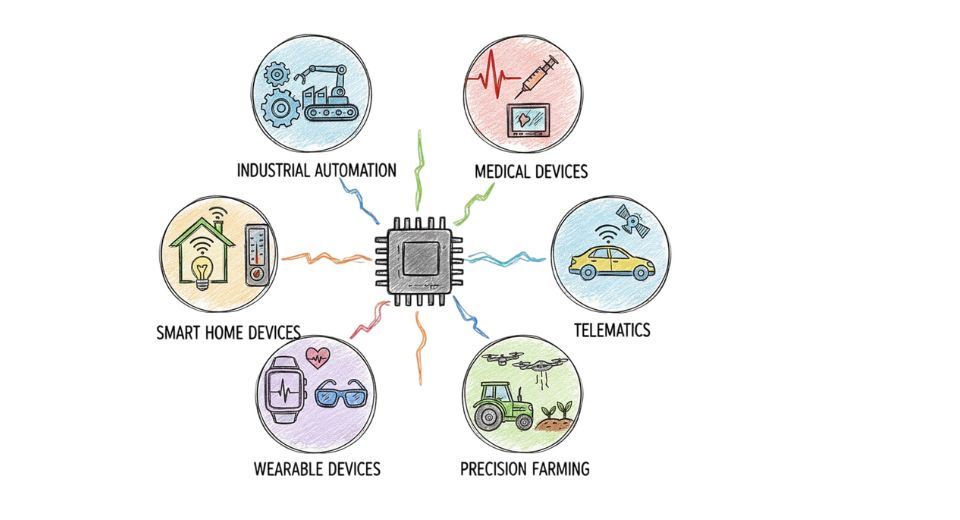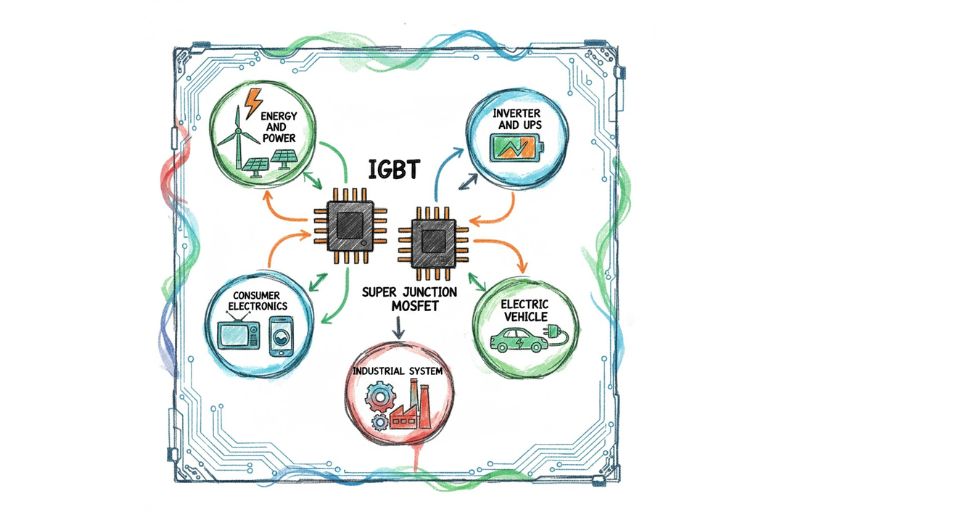MARKET OVERVIEW
The Global Fingerprint Scanner market is an intriguing sector that has witnessed remarkable growth and innovation. Fingerprint scanning technology, once confined to science fiction, has now become an integral part of our daily lives, finding applications in a wide array of industries, from mobile devices to security systems. Fingerprint scanning, as a biometric technology, has gained substantial recognition for its capability to provide secure and convenient access control and identity verification. It involves the capture and analysis of unique patterns found in an individual's fingerprint, which is as distinctive as a human signature. This technology has transcended its initial use in law enforcement and forensics and has permeated various market segments.
One of the primary significances of the Global Fingerprint Scanner market lies in its contribution to security and personal identification. With the increasing concern for data breaches and cyber threats, fingerprint scanning offers a robust solution for enhancing security. By employing one's unique fingerprint as a key to access sensitive information or areas, it significantly reduces the chances of unauthorized access.
Furthermore, the Global Fingerprint Scanner market has a pivotal role in transforming the way we interact with technology. It has made its way into smartphones and other mobile devices, revolutionizing the authentication process. Users can now unlock their devices, make secure payments, and access confidential data with a simple touch, which not only enhances security but also improves user experience.
The importance of the Global Fingerprint Scanner market extends beyond security and convenience. It also finds crucial applications in healthcare, where patient identification is of utmost importance. Medical records and prescription access can be restricted to authorized personnel through fingerprint scanning, reducing the chances of errors and ensuring patient privacy. In addition to healthcare, the financial sector has also recognized the value of fingerprint scanning in preventing fraudulent activities. Banks and financial institutions are increasingly adopting this technology to verify the identity of customers during transactions, reducing the risk of unauthorized access to accounts.
Moreover, the adoption of fingerprint scanning in border control and immigration processes has streamlined the verification of travelers, improving both security and efficiency. It plays an indispensable role in enhancing national security by accurately identifying individuals and preventing the entry of potential threats.
Global Fingerprint Scanner market is estimated to reach $6,340.9 Million by 2030; growing at a CAGR of 14.0% from 2023 to 2030.

GROWTH FACTORS
One of the primary driving forces behind the surge in the Fingerprint Scanner Market is the escalating need for secure authentication methods. In an era where digital transactions and data protection have become paramount, fingerprint scanners offer a reliable and convenient solution. The simplicity of tapping into one's unique biometric identity has garnered widespread acceptance, making fingerprint scanners a go-to choose for securing personal devices and sensitive information.
Moreover, the increasing integration of fingerprint scanners in smartphones has significantly fueled market growth. As these devices become more commonplace, the demand for enhanced security features follows suit. Fingerprint scanners provide a seamless and efficient means of unlocking phones and safeguarding personal data, thereby becoming an integral component in the competitive smartphone market.
However, challenges lurk on the horizon. The market's growth might encounter obstacles in the form of technological constraints and compatibility issues. The need for continuous innovation and adaptation to emerging technologies remains crucial for sustaining market momentum. Additionally, concerns regarding privacy and data security may pose hurdles, as users become more discerning about how their biometric information is handled.
Nevertheless, the Fingerprint Scanner Market remains resilient, poised to capitalize on emerging opportunities. The incorporation of fingerprint scanners in diverse applications, beyond smartphones, presents a promising avenue for market expansion. Industries such as finance, healthcare, and government sectors are increasingly recognizing the benefits of biometric authentication, opening up new prospects for the market.
Looking ahead, the Internet of Things (IoT) and the rise of smart devices offer fertile ground for the Fingerprint Scanner Market to flourish. The seamless integration of fingerprint scanning technology into various IoT devices, from smart locks to medical equipment, holds the potential to redefine security standards and user experiences. This diversification promises a dynamic future for the market, with an array of possibilities waiting to be explored.
MARKET SEGMENTATION
By Type
In today's tech-driven world, the Fingerprint Scanner Market stands as a testament to the rapid advancements in biometric technology. This market, categorized by types, includes the Single Finger Scanner, Four Finger Scanner, and Others.
The Single Finger Scanner, as the name implies, is designed to capture and analyze the unique patterns of a single finger. It's a widely used type, providing a practical solution for various applications like smartphone security and access control systems.
On the other hand, the Four Finger Scanner takes a step further by capturing the fingerprints of all four fingers at once. This technology offers enhanced accuracy and security, making it suitable for applications where a higher level of identification is crucial, such as government facilities and sensitive corporate environments.
The category labeled as Others encompasses a range of fingerprint scanning devices that don't fall into the single or four-finger categories. These may include innovative solutions designed for specific industries or niche applications. The versatility within this category reflects the ongoing efforts to refine and diversify fingerprint scanning technology to meet evolving needs.
As technology continues its relentless march forward, the Fingerprint Scanner Market remains a dynamic field, responding to the ever-growing demand for secure and efficient biometric solutions. The Single Finger Scanner, Four Finger Scanner, and other categories within this market collectively contribute to a landscape where the reliability of personal identification is paramount, influencing not just the security sector but also the everyday interactions of individuals with devices and systems.

By Applications
The Fingerprint Scanner Market is a dynamic landscape with various applications steering its growth. Among these, the key sectors driving the demand for fingerprint scanners are Healthcare, Banking & Finance, Government & Law Enforcement, Commercial, Military & Defense, Education, and Others.
In the Healthcare sector, fingerprint scanners play a pivotal role in ensuring secure access to sensitive patient information. They contribute to the overall security and privacy of medical records, safeguarding critical data from unauthorized access. This not only enhances patient confidentiality but also streamlines the workflow within healthcare facilities.
In the Banking & Finance sector, fingerprint scanners are deployed to fortify the security of financial transactions and sensitive data. By incorporating biometric authentication, banks and financial institutions mitigate the risks associated with unauthorized access and fraudulent activities. Fingerprint scanners provide a reliable and efficient method of identity verification, enhancing the overall security posture of the industry.
Government & Law Enforcement agencies utilize fingerprint scanners for identity verification and criminal investigations. The unique nature of fingerprints serves as an irrefutable method of establishing identity, aiding law enforcement in maintaining public safety and ensuring the integrity of legal processes.
In the Commercial sector, fingerprint scanners are employed for access control and attendance tracking. This technology simplifies security measures within commercial establishments, ensuring that only authorized individuals gain entry. Additionally, it facilitates accurate attendance records, eliminating the potential for time fraud.
The Military & Defense sector leverages fingerprint scanners for secure access to classified information and restricted areas. The unparalleled accuracy of fingerprint recognition adds an extra layer of protection to sensitive military operations, preventing unauthorized personnel from accessing critical resources.
In the field of Education, fingerprint scanners are utilized to enhance campus security and manage student attendance. By integrating biometric authentication, educational institutions can monitor access to facilities and track student attendance with precision, contributing to a safer and more efficient learning environment.
Beyond these key sectors, fingerprint scanners find applications in various other areas, collectively labeled as Others. These include industries where secure access and identity verification are paramount but may not fit explicitly into the aforementioned categories.
REGIONAL ANALYSIS
The Fingerprint Scanner market spans across different geographical regions, with North America, Europe, and Asia-Pacific emerging as key players in this technology-driven landscape. Each region brings its unique dynamics to the market, influencing the adoption and evolution of fingerprint scanning technology.
In North America, the Fingerprint Scanner market has witnessed substantial growth, driven by the increasing emphasis on security and the widespread integration of biometric solutions in various industries. The demand for reliable and efficient fingerprint scanning systems has propelled the market forward, with businesses and government agencies recognizing the need for enhanced authentication methods.
Moving across the Atlantic to Europe, a similar trend unfolds. The adoption of Fingerprint Scanner technology has gained momentum as businesses prioritize secure access and identity verification. European industries, ranging from finance to healthcare, have embraced fingerprint scanning as a practical and effective means of safeguarding sensitive information and controlling access to critical systems.
Venturing into the expansive Asia-Pacific region, the Fingerprint Scanner market experiences a dynamic landscape shaped by the rapid technological advancements and the increasing awareness of security concerns. Countries in Asia-Pacific, driven by economic growth and a burgeoning population, are witnessing a surge in the adoption of fingerprint scanning technology across various sectors, contributing significantly to the overall market growth.
The global Fingerprint Scanner market, therefore, reflects a diverse and evolving landscape influenced by regional factors. North America, Europe, and Asia-Pacific serve as pivotal players in the widespread adoption of fingerprint scanning technology, with each region contributing to the market's overall trajectory. As businesses and industries continue to recognize the importance of robust security measures, the Fingerprint Scanner market is poised to witness sustained growth across these geographies.
COMPETITIVE PLAYERS
The Fingerprint Scanner Market is a dynamic landscape with several key players making significant strides. Among these players, Aratek International and BIO-key International stand out. They've become integral components in the Fingerprint Scanner industry, contributing to its growth and innovation.
Aratek International has played a pivotal role in shaping the Fingerprint Scanner sector. The company's commitment to technological advancements has resulted in the development of cutting-edge fingerprint scanning solutions. These innovations have not only enhanced security measures but have also made the technology more accessible to a broader audience.
On the other hand, BIO-key International has emerged as a formidable player in the Fingerprint Scanner market. The company's focus on user-friendly solutions has set it apart. BIO-key International has not only provided reliable fingerprint scanning technology but has also prioritized simplicity in its designs, making the technology more user-friendly for a diverse range of applications.
In the fast-paced world of Fingerprint Scanner technology, these companies have demonstrated resilience and adaptability. Their contributions go beyond just hardware; they play a crucial role in shaping the user experience and ensuring that fingerprint scanning technology remains a reliable and efficient security measure.
As we navigate the evolving landscape of security and technology, Aratek International and BIO-key International continue to influence the Fingerprint Scanner Market positively. Their dedication to innovation and user-friendly solutions underscores the importance of accessibility and reliability in the ever-expanding realm of fingerprint scanning technology.
Fingerprint Scanner Market Key Segments:
By Type
- Single Finger Scanner
- Four Finger Scanner
- Others
By Applications
- Healthcare
- Banking & Finance
- Government & Law Enforcement
- Commercial
- Military & Defense
- Education
- Others
Key Global Fingerprint Scanner Industry Players
- Aratek International
- BIO-key International
- Changchun Fangyuan Opto-Electronic Tech
- Changchun Hongda Opto-Electron
- DERMALOG
- eSSL
- Futronic
- HID Global Corporation
- IDEMIA
- Integrated Biometrics
- Jenetric
- M2SYS Technology
- Mantra
- NITGEN
- SecuGen Corporation
WHAT REPORT PROVIDES
- Full in-depth analysis of the parent Industry
- Important changes in market and its dynamics
- Segmentation details of the market
- Former, on-going, and projected market analysis in terms of volume and value
- Assessment of niche industry developments
- Market share analysis
- Key strategies of major players
- Emerging segments and regional growth potential








 US: +1 3023308252
US: +1 3023308252






